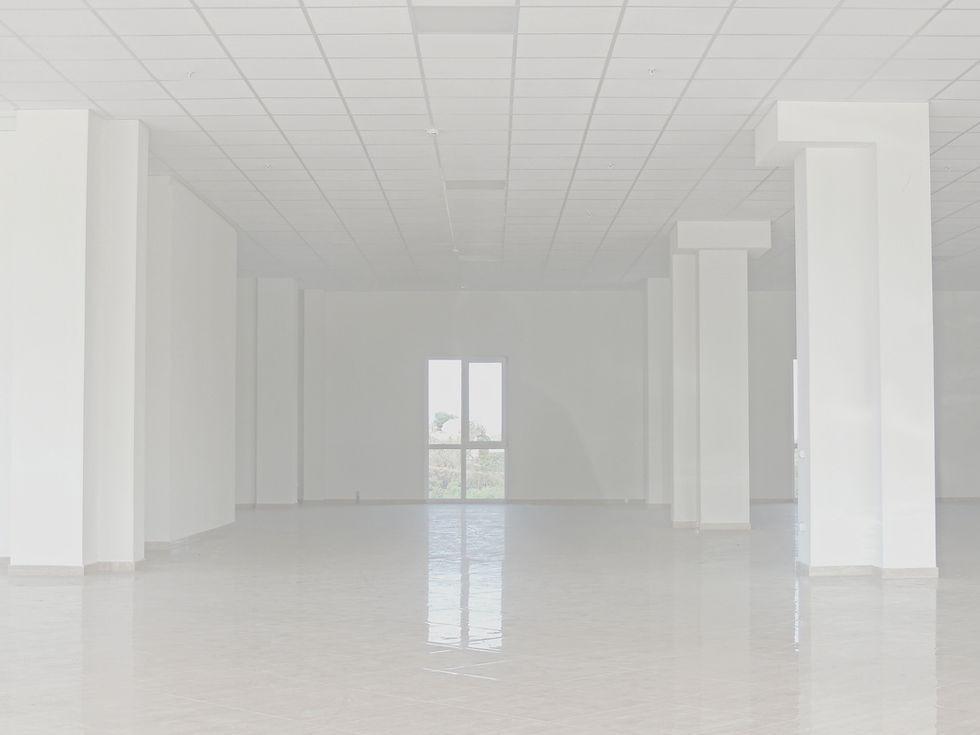Epoxy Floor for Your Basement and Wood Surfaces. How much does it cost in Montreal?Plancher epoxy
- David Polifroni
- Feb 17
- 3 min read
How to Choose and Install an Epoxy Floor for Your Basement and Wood Surfaces
Installing an epoxy floor is an excellent option for giving your basement or wood surfaces a durable and aesthetic finish. Whether you're a homeowner looking to renovate or a contractor offering this service, here is a detailed guide to choosing and installing your epoxy flooring.

Step 1: Why Choose an Epoxy Floor(plancher epoxy)?
An epoxy floor offers several advantages:
Extreme durability: Resistant to impacts, scratches, and chemicals.
Easy maintenance: A smooth, non-porous surface that is easy to clean.
Modern aesthetics: Available in various colors and finishes (glossy, matte, metallic, etc.).
Water resistance: Protects against moisture, making it ideal for basement epoxy floors.
Versatility: Can be applied to concrete, wood, and other solid surfaces.
Types of Epoxy Flooring
There are different types of epoxy flooring, each with specific characteristics and applications:
Self-Leveling Epoxy Floors: Ideal for a smooth, even finish in basements and garages.
Epoxy Mortar Floors: Highly durable and used in industrial settings.
Quartz-Filled Epoxy Floors: A mix of epoxy resin and quartz grains for added strength and aesthetics.
Metallic Epoxy Floors: Creates a glossy, three-dimensional look that is perfect for modern interiors.
Graveled Epoxy Floors: Offers decorative customization with embedded patterns and textures.
Step 2: Preparing the Surface for an Epoxy Floor
Before applying epoxy, proper surface preparation is essential:
Thorough cleaning: Remove dust, grease, and debris from the floor.
Repair cracks: Seal any imperfections with an appropriate filler.
Sanding and degreasing: Ensure strong adhesion for the epoxy coating.
Applying a primer: A base coat enhances the adhesion of the epoxy layer.
Common Surface Issues and How to Fix Them
Moisture Problems: Epoxy may not adhere properly if the concrete is damp. A moisture test should be performed before application.
Oil and Grease Stains: These must be thoroughly removed using a degreaser or grinding the surface.
Uneven Surfaces: Use a self-leveling compound to create a smooth base for the epoxy.
Step 3: Applying Epoxy on a Basement Floor and Wood
Basement Epoxy Floor
Apply the first coat of primer and let it dry.
Pour and spread the epoxy using a roller or squeegee.
Add decorative finishes (flakes, metallic pigments, etc.).
Allow at least 24 to 48 hours for drying.
Apply a protective sealant to maximize durability.
Epoxy on Wood Surfaces
Applying epoxy to wood requires special attention:
Sand the wood for better adhesion.
Apply a resin undercoat to prevent absorption.
Pour the epoxy in thin layers to avoid air bubbles.
Use a torch to remove bubbles and smooth the surface.
Let it dry completely before using the surface.
How Much Does a Basement Epoxy Floor Cost?
The cost of a basement epoxy floor(plancher epoxy) depends on several factors:
Type of epoxy: Standard, metallic, or 3D.
Surface area: Larger areas cost more.
Condition of the floor: A damaged surface requires more preparation.
Professional vs. DIY application: Hiring a professional ensures a flawless result but increases the cost.
Cost Breakdown
DIY: $5 to $10 CAD per square foot.
Professional Installation: $10 to $20 CAD per square foot.
Additional Costs: Decorative finishes, extra layers, and sealants can increase costs.
Maintenance and Durability of an Epoxy Floor
To maximize the lifespan of your epoxy floor, follow these tips:
Regular cleaning: Use mild soap and avoid abrasive cleaners.
Protect against scratches: Place pads under furniture.
Immediate repairs: If cracks appear, apply a new epoxy coat.
Common Problems and Solutions
Peeling or Bubbling: Caused by poor surface preparation or moisture issues.
Discoloration: Direct sunlight exposure can cause yellowing; use UV-resistant epoxy.
Scratches: Regular maintenance and protective coatings help prevent damage.
Epoxy Flooring in Different Settings
Epoxy flooring is versatile and used in various environments:
Residential Homes: Basements, garages, kitchens, and living spaces.
Commercial Buildings: Offices, showrooms, and restaurants.
Industrial Facilities: Warehouses and manufacturing plants due to its high durability.
Conclusion
An epoxy floor is an excellent solution for modernizing and protecting a basement or wood surface. With its durability and sleek look, it transforms your spaces into a long-lasting, low-maintenance environment.
📲 Contact SOS Contractor Today! 👉 Get a free consultation for your epoxy flooring project. 📩 Email: info@soscontractor.com 📞 Phone: 438-803-1300 🌐 Website: www.soscontractor.com


Comments